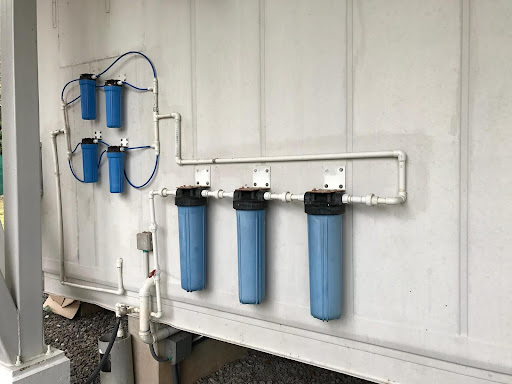
Water Softener Setup, Reverse Osmosis, and Water Purification
Water Softener Installation is a crucial step for homes dealing with hard water. Hard water, characterized by high mineral content, primarily calcium ions and magnesium ions, can cause various problems, such as scale buildup in pipes and devices, decreasing their effectiveness and lifetime. Setting up a water softener can efficiently handle this issue. These devices operate by replacing the calcium and magnesium ions ions in the water with sodium, thereby softening up the water. While the process of installation, which entails connecting the water softener to your home's water main line, might appear straightforward, it is recommended to hire a professional to make sure safety and correct installation.
On the other hand, RO and Water Treatment are integral to cleaning water and rendering it safe for drinking. Reverse Osmosis is a technique that cleans water by forcing it through semi-permeable membrane under high pressure, efficiently getting rid of up to 99% of harmful substances, like salts in water, bacteria in water, and pyrogens. Water treatment, a wider term, covers different methods like disinfection, filtering, and distilling, each with its own advantages. The choice of method of method is based on the particular needs of the water source of water and its intended use, highlighting the importance of regular water testing of water quality.
Overview
In today's world, the importance of clean, secure, and soft water cannot be overstated. This post will examine three key elements of water purification: Water Softener Setup, RO, and Water Treatment.
Water Softener Installation
Water softening systems are crucial for households with hard water. Hard water has high levels of amounts of minerals like calcium ions and magnesium, which can result in scaling in pipes and devices, lowering their effectiveness and life expectancy.
Setting up a water softener is a pragmatic answer to this challenge. A water softener functions by exchanging the calcium and magnesium ions in hard water with sodium, effectively softening up the water. The installation process involves linking the water softener to your house's water supply line. It's recommended to engage a pro for the setup to guarantee it's performed properly and securely.
RO
Reverse Osmosis is one more popular methodology for purifying water. It functions by pushing water throughout a semi-permeable membrane under pressure. This process gets rid of up to 99 percent of dissolved in water salts, particles in water, organics in water, bacteria in water, and pyrogens in water from the water, rendering it safe to drink for drinking.
RO systems are commonly employed in both of residential and industrial environments. They are comparatively straightforward to set up and keep, offering a trustworthy source of supply of purified water.
Water Treatment
Water treatment is a broad expression that encompasses various methods used to render water safer to use for human consumption. In addition to water softening and reverse osmosis, other usual water purification methodologies include disinfecting (using chlorine treatment or UV light treatment), filtering, and distilling.
Every technique has its pros and is employed according to the particular needs of the water source of water and its intended usage. Frequent testing of of water quality of water is vital to decide the most suitable treatment technique.
Wrap-up
In wrap-up, water softening setup, reverse osmosis, and water treatment are all crucial facets of ensuring access to cleaned, safe to use, water. By grasping these processes, we can make informed decisions about our water usage and treatment, contributing to better lifestyles and a better planet.
Comments
Post a Comment